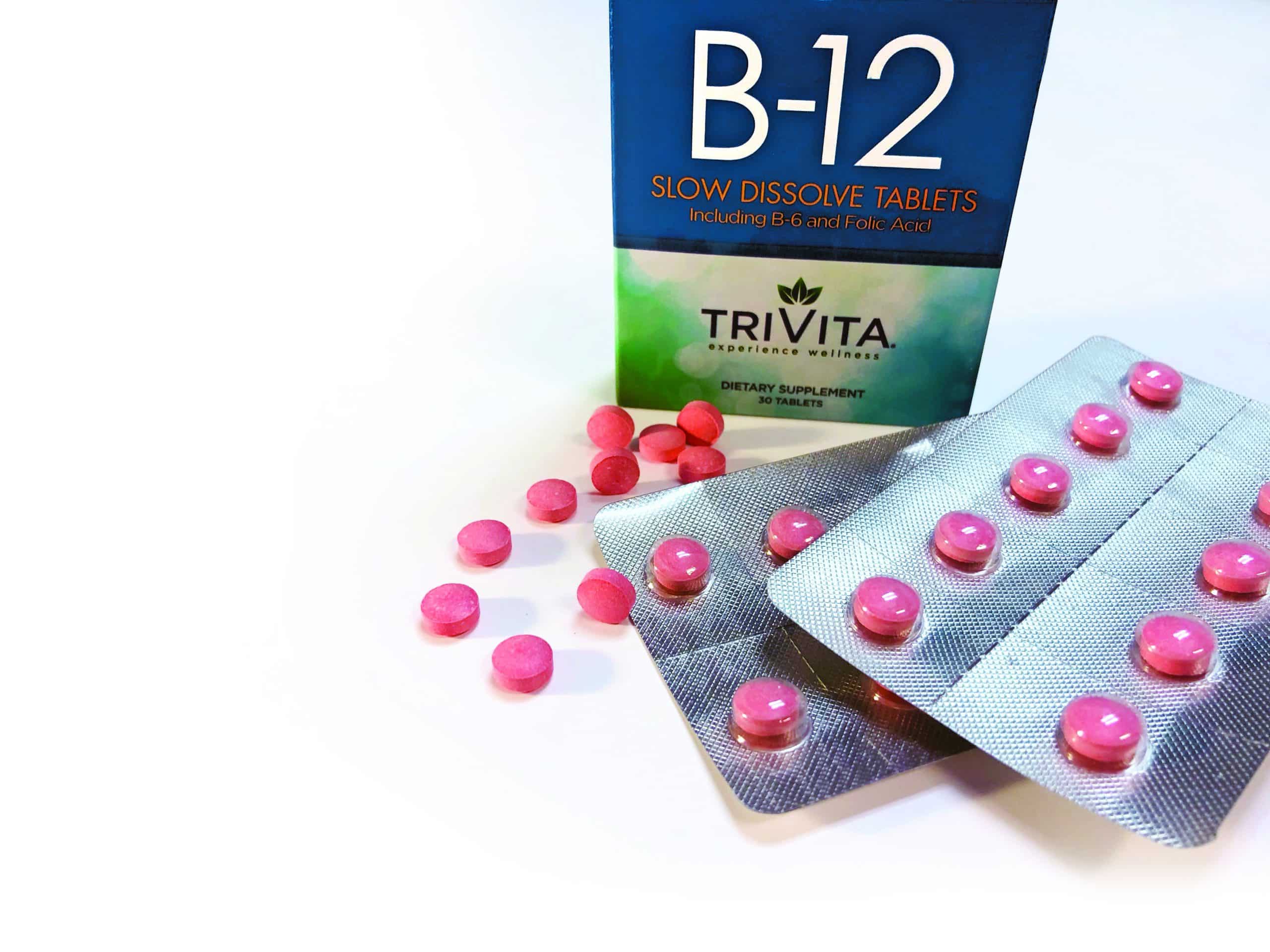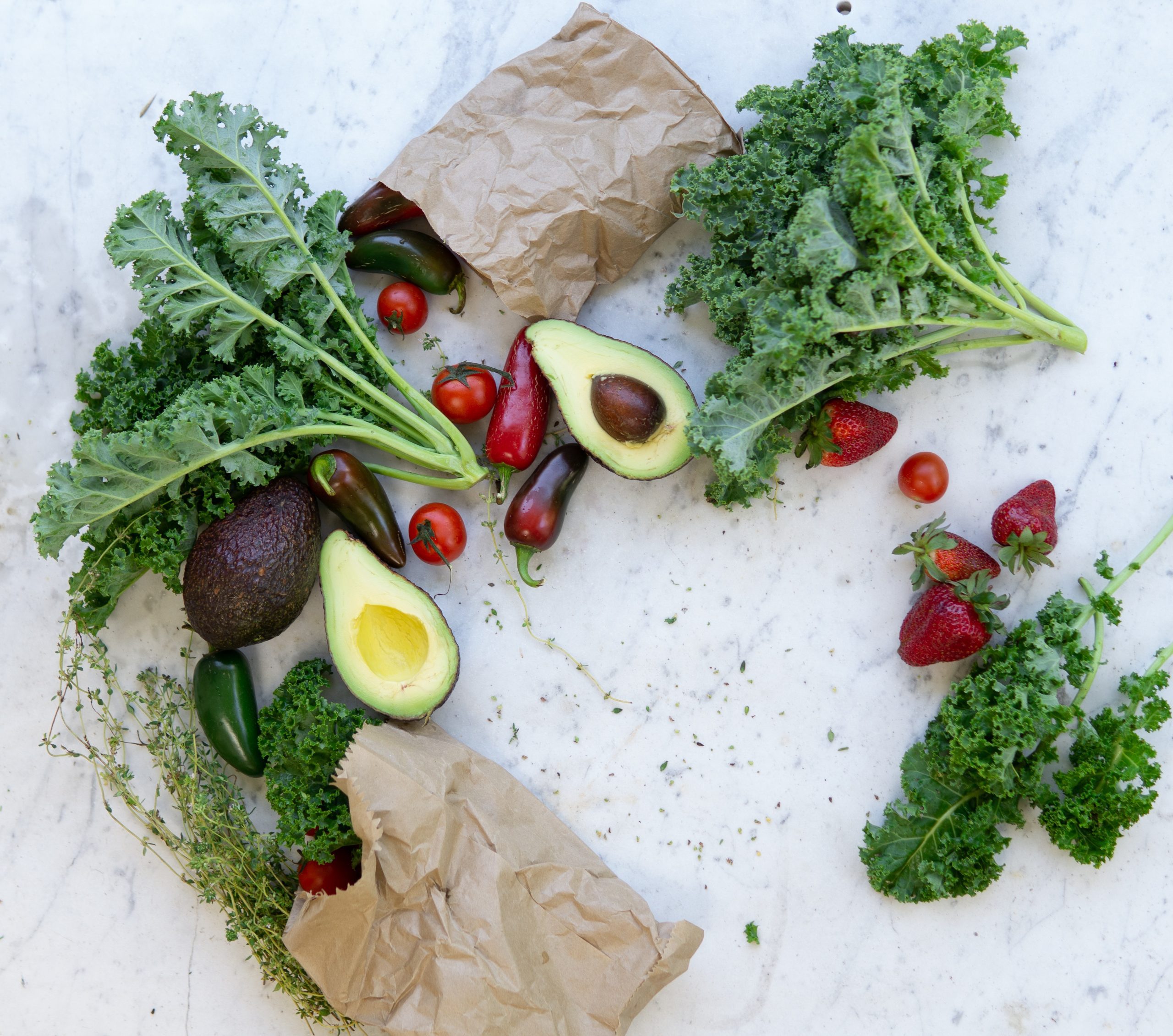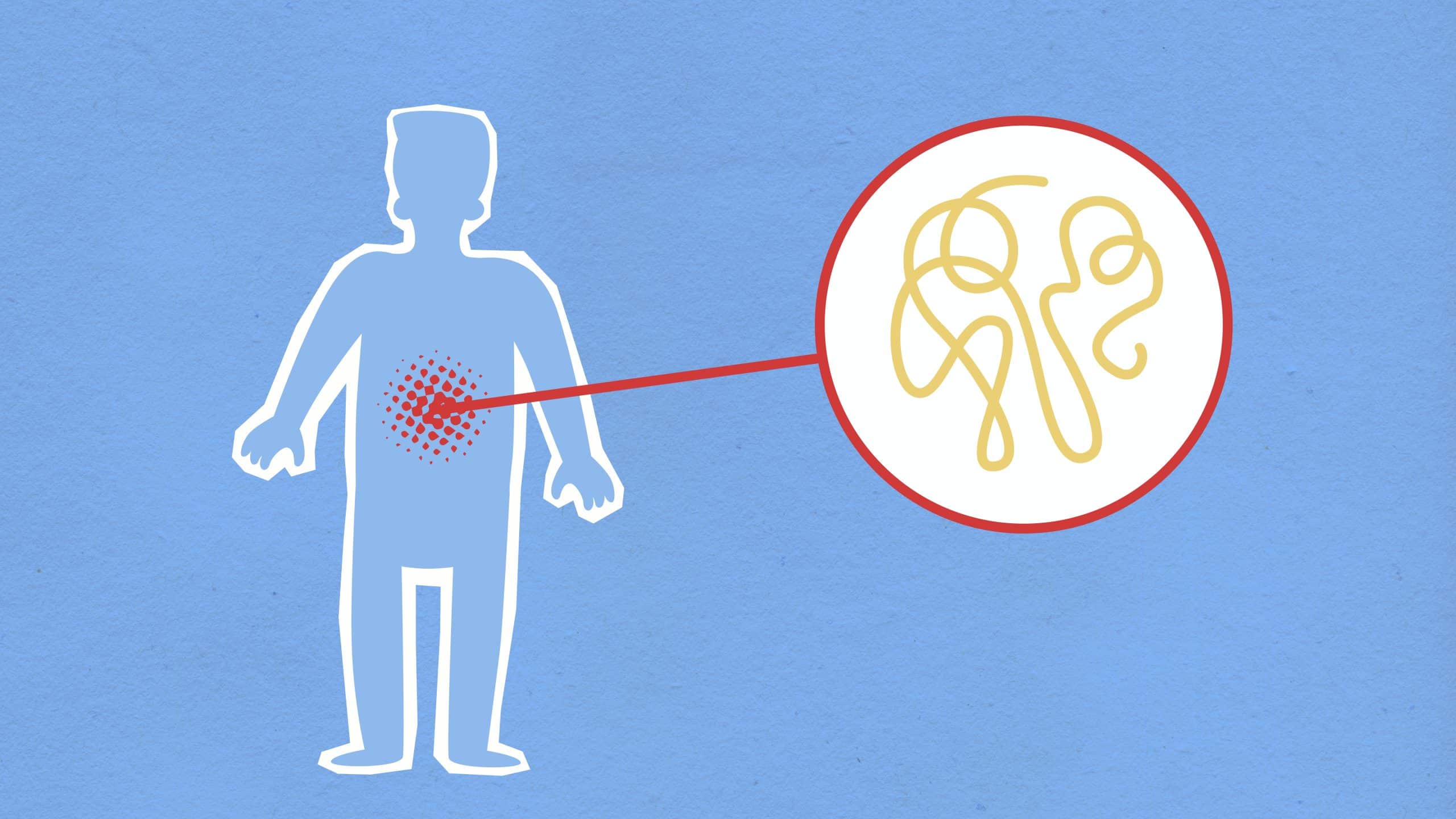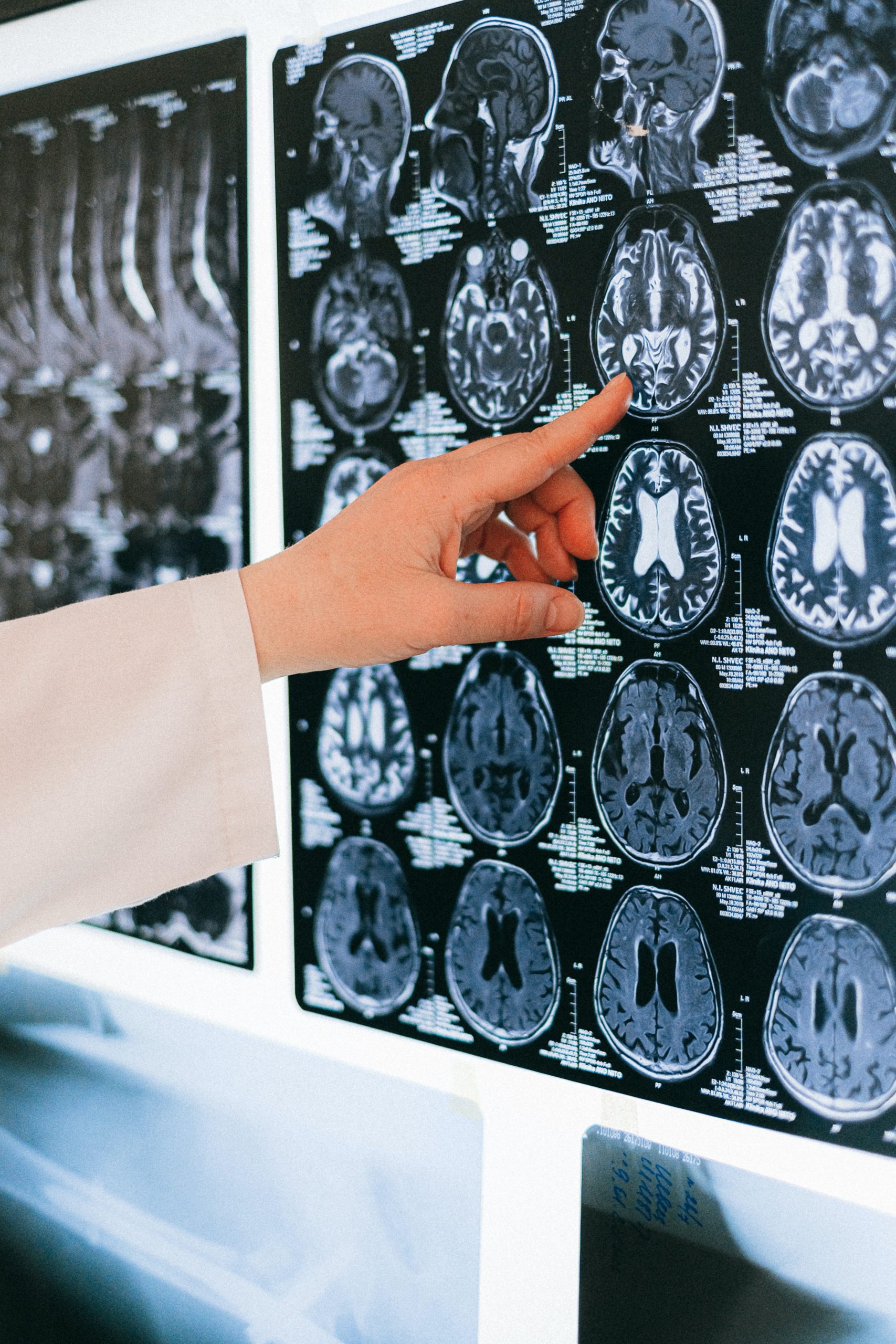Get to Know the Keto Diet
Weight loss diets aren’t new. From the Paleo, Vegan and Dukan diets to the well-known Atkins Diet, there are a plethora of modern low-carb diet plans that focus on maximizing health while facilitating weight loss. But in our rush to improve our health and enhance our life, we all too often overlook the one thing we can easily change — our diet. And as we strive to achieve long-term cardio and brain health, nothing holds the potential to have a bigger impact than our diet. The Keto Diet is a low-carb diet that focuses on limiting net carbohydrate intake in order to force the body to use more fats for fuel. High carb diets lead to excess glucose and insulin production. This can lead to several problems. Because glucose is the easiest molecule to convert and use as energy, the body will choose glucose as its primary energy source whenever it’s available. However, with all that glucose present your body needs to produce insulin, a fat storing hormone, to distribute the surplus evenly. With the glucose now being used as a primary energy source, the fats your body would otherwise use as energy are not needed, which means they get stored…as fat. The Keto Diet functions to reverse this process by lowering the intake of carbs, thereby coaxing the body into ketosis, a natural survival technique whereby the body endures on low amounts of food. The Keto Diet gets its name from the ketones we produce while in this state, which are derived from the breakdown of fats in the liver.1 Meal examples:
Meal examples:
- Chicken breast basted in olive oil, with broccoli and cheese.
- Steak topped with a knob of butter and a side of spinach sautéed in olive oil.
KETO DIET BENEFITS
Numerous studies have shown that low-carb diets are extremely helpful when it comes to weight loss, especially for individuals that are overweight or obese.2 Low-carb diets have also been linked to numerous other health benefits, including the reduction of belly fat, a dangerous situation due to the proximity to our vital organs.3 A low-carb diet such as the Keto Diet works by reducing your appetite, and when you’re not hungry, you ingest fewer calories.4 Studies have also shown that low-carb diets may minimize many major disease risk factors, including weight loss to insulin and blood pressure levels.5 Weight Loss By using your body fat as an energy source, the ketogenic diet reduces your insulin levels to turn your body into a fat burning machine.1 Control Blood Sugar Eating fewer carbs naturally lowers your blood sugar. In fact, studies show that the ketogenic diet is a more effective means of preventing diabetes than traditional low-calorie diets.1 Mental Focus Lowering your carb intake not only lowers your blood sugar, it also limits any sugar spikes along with it. As a result, Keto Diet devotees can experience improved focus and concentration. Along with that, studies have shown that the high concentration of fatty acids (the Keto Diet calls for a nutrient intake of 70% fats, 25% protein and 5% carbohydrates), can beneficially impact how our brains function.1 Increased Energy & Normalized Hunger With a better, more reliable energy source fueling your body (fats are the most effective molecule to burn), you’ll feel more energized. As an added bonus, fat is also naturally more satisfying, which leaves you feeling “full” longer.1 Cholesterol & Blood Pressure Compared to low-fat diets, low-carb/high-fat diets show a dramatic increase in HDL and decrease in LDL particle concentration. Low-carb diets have also been shown to treat blood pressure issues — frequently associated with excess weight or obesity — more effectively than other diets.1 Insulin Resistance An abundant amount of research shows that a low carb diet can lead to lower insulin levels, thereby helping many people avoid contracting type II diabetes. However, it’s equally important to realize that even people who exercise regularly can benefit from the insulin optimizing properties of many high omega-3 fatty acid foods found in the Keto Diet.1 What to Eat
What to Eat
- Meats – fish, beef, lamb, poultry, eggs, etc.
- Leafy Greens – spinach, kale, etc.
- Above Ground Vegetables – broccoli, cauliflower, etc
- High Fat Dairy – hard cheeses, high fat cream, butter, etc.
- Nuts and Seeds – macadamias, walnuts, sunflower seeds, etc.
- Avocado and Berries – raspberries, blackberries, and other low glycemic impact berries
- Sweeteners – stevia, erythritol, monk fruit, and other low-carb sweeteners
- Other Fats – coconut oil, high-fat salad dressing, saturated fats, etc.1
- Grains – wheat, corn, rice, cereal, etc.
- Sugar – honey, agave, maple syrup, etc.
- Fruit – apples, bananas, oranges, etc.
- Tubers – potato, yams, etc.1
THE IMPORTANCE OF KETOGENIC AMINO ACIDS
Essential Amino acids are the cellular building blocks of protein.6 There are 20 primary amino acids in your body’s proteins, 9 of which are essential to your diet because your cells can’t manufacture them. By contrast, your body can produce enough non-essential amino acids to meet its needs.7 Glucogenic and Ketogenic Amino Acids Amino acids can also be classified as glucogenic, ketogenic or glucogenic-ketogenic depending on how they are metabolized. As it does with carbohydrates and fats, your body metabolizes the amino acids in proteins to derive energy. Glucogenic amino acids yield glucose for energy production, while ketogenic amino acids like lysine and leucine are converted into ketone bodies via ketogenesis. Ketone bodies provide an alternative fuel source when glucose, the body’s preferred energy source, is unavailable.8How to Reach Ketosis
- Limit your carbs
- Limit your proteins
- Don’t worry about fat intake
- Drink plenty of water
- Stop snacking
- Start fasting
- Exercise
- Start supplementing1 with Omega3 Prime and MyoHealth Essential Amino Acid complex from TriVita
References
- http://www.ruled.me/guide-keto-diet/
- http://www.ncbi.nlm.nih.gov/pubmed/19082851
- http://www.ncbi.nlm.nih.gov/pubmed/15533250
- http://www.ncbi.nlm.nih.gov/pubmed/17228046
- http://www.ncbi.nlm.nih.gov/books/NBK11795/
- Robert Wolfe, Essential Amino Acid Solutions for Everyone (unpublished, 2016), 29
- http://healthyeating.sfgate.com/many-amino-acids-body-require-6412.html
- http://healthyeating.sfgate.com/ketogenic-amino-acids-9147.html












